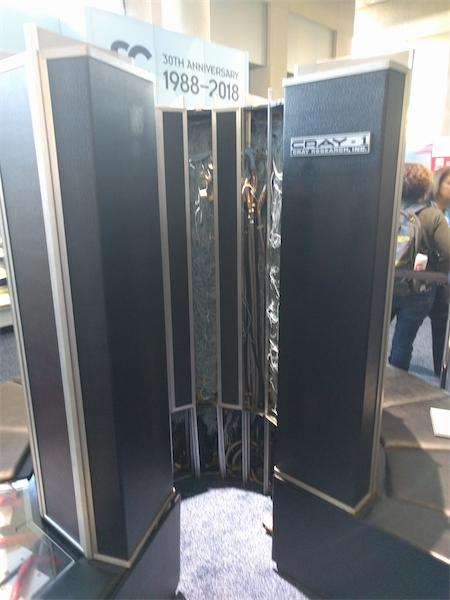Report on Supercomputing 2018
With always good mixed of vendors and university presence
By Philippe Nicolas | November 30, 2018 at 2:31 pmSupercomputing 2018 took place this year in Dallas, TX, from November 11-16, during a cold week and was as usual a super show with always a good mixed of vendors, university presence and content as the quality of sessions is very good.
There was 364 exhibitors on 150,000 square feet. The conference drew a record-breaking 13,071.
This format is pretty unique and explains why attendees travel from all around the world every year as it represents the HPC annual rendez-vous.
This edition was also the 30th anniversary of the show launched in Orlando, FL, in 1988 with a special expo of old famous machines – a Cray 1 was displayed -, photos and a HPC timeline illustrating famous machines and milestones during the period.

It was also the moment to share the last TOP500 ranking with the return of USA at the top with five US Department of Energy supercomputers in the top 10. First place is Oak Ridge National Laboratory with Summit and second place is Lawrence Livermore National Laboratory with Sierra. Both systems are IBM-built supercomputers, powered by Power9 CPUs and NVidia V100 GPUs, Summit for instance has 2,397,824 cores with many cabinets connected together.

We also noticed several key topics based on vendors presence. Among them: GPU adoption to boost technical computing with plenty of solutions based on NVidia products, of course AI to extend current products illustrating the quest of differentiators between vendors.
DDN and NetApp showed respectively A3I and FlexPod ONTAP AI.
As another market dynamic, having an AI/machine learning based solution doesn’t mean anything, just following a market trend, but the opposite is true: if a vendor doesn’t offer something with AI in it, it won’t be considered by users.
We of course saw cloud approaches for super compute especially from Amazon Web Services, Microsoft Azure and Google Cloud Platform.
Memory in various flavors was always a hot topic in HPC as applications are super greedy for that resource and persistent memory with Intel Optane, memory extension with Western Digital or other approaches with computational storage promoted by Xilinx for example. The company shaked the market with the announcement on its intent to acquire Mellanox for $5.5 billion. On the network side, IB and fast Ethernet were ubiquitous as the two fundamental transport layers in HPC.
Object and file storage had ups and downs, some vendors were absent and other pretty active like Caringo, Cloudian, Igneous and vendors with object as one of their solutions as well. On the file side, Panasas had a significant presence and made a product announcement, Weka.IO, Quobyte, Qumulo, BeeGFS among others and of course Lustre- and Spectrum Scale-based solutions. Pure Storage was there and DDN as always as they promote fast storage, object and file and a new data management product named DataFlow, fruit of an OEM agreement with Atempo.
We noticed also the presence of Inspur, Komprise, Lenovo, Micron, Rubrik, StorONE, StorByte or StrongBox and the list is pretty long. One famous absence is Seagate who doesn’t have any booth.
We also discovered some interesting and impressive cooling products as intensive computing requires new design and levels in such category.
It’s always the same story, companies who make financial effort – I should say investment – with a booth at this conference show a real HPC interest and prove to users communities their strategy. The opposite is also true, how to be considered seriously in HPC if a vendor is not present at SC.
It was again a very good show with tons of innovative technologies and content. Supercomputing 2019 will take place in Denver, CO from November 17-22.














 Subscribe to our free daily newsletter
Subscribe to our free daily newsletter


